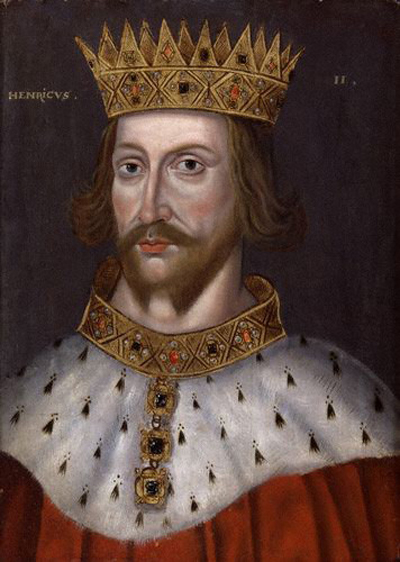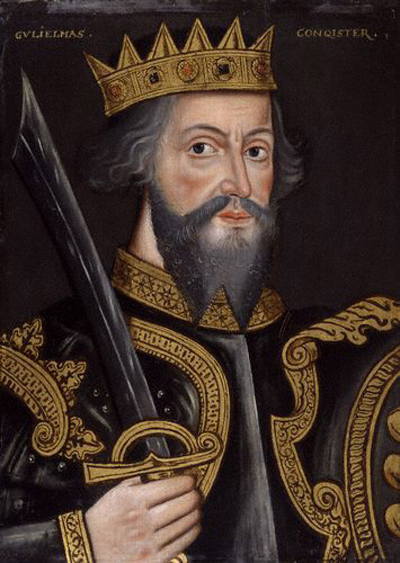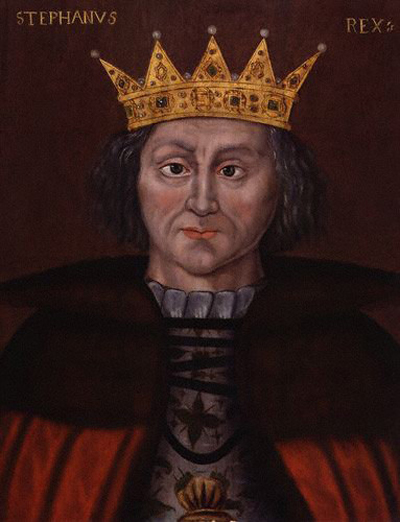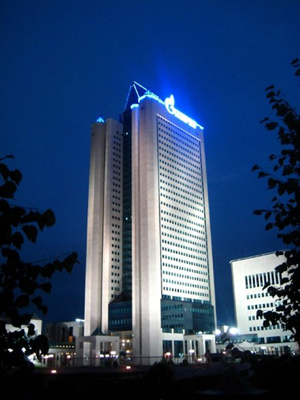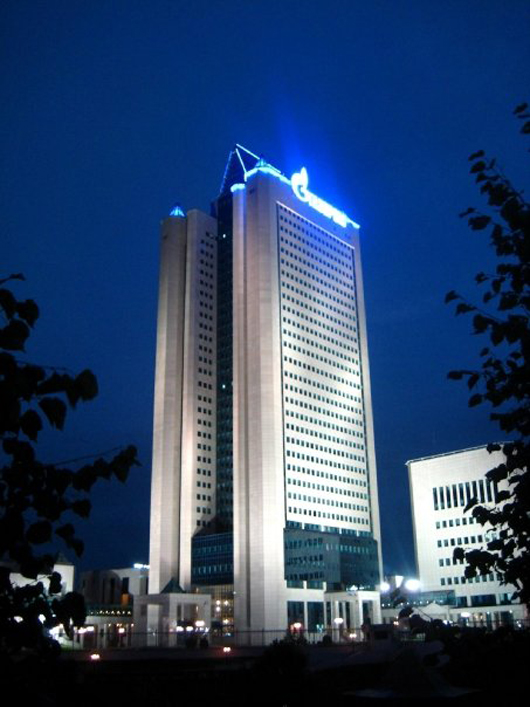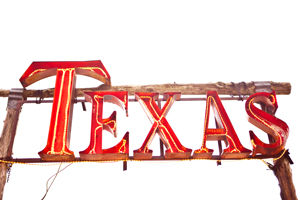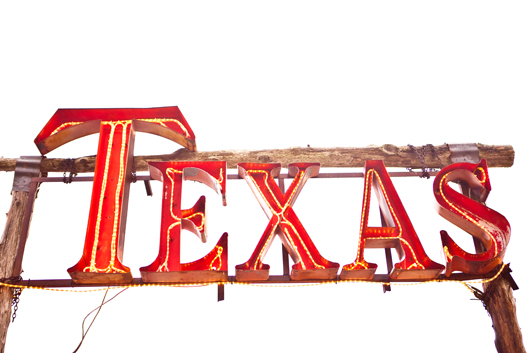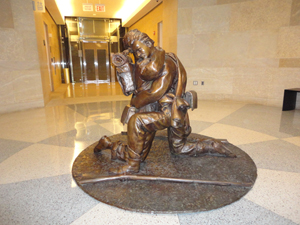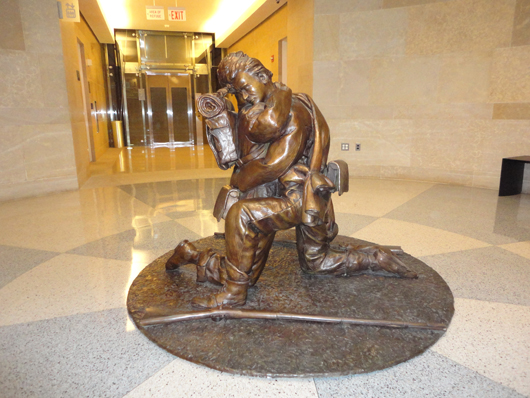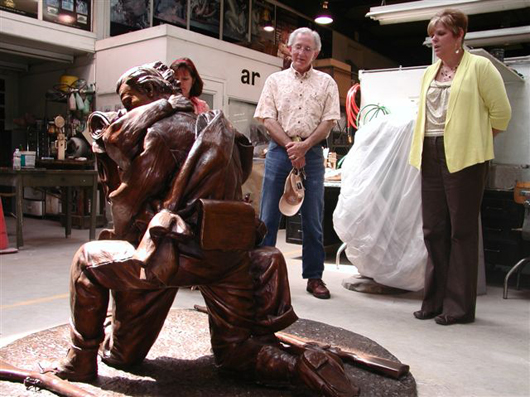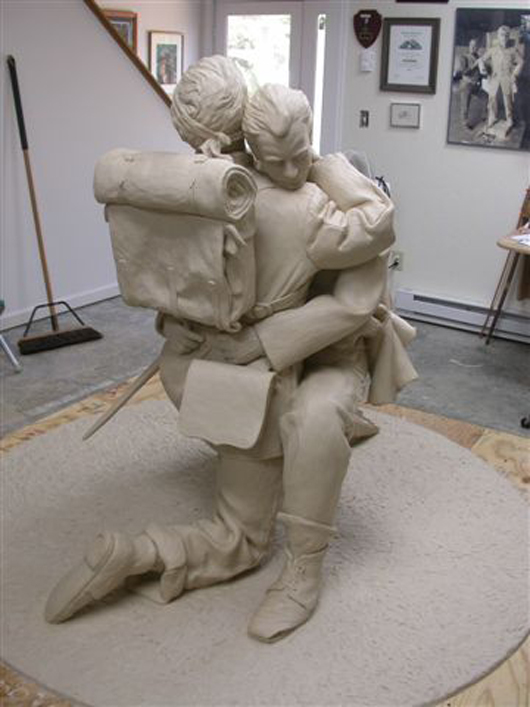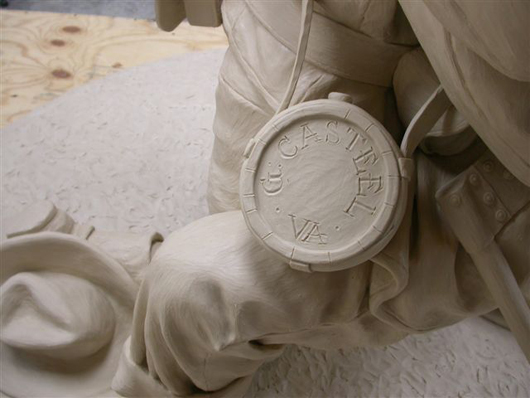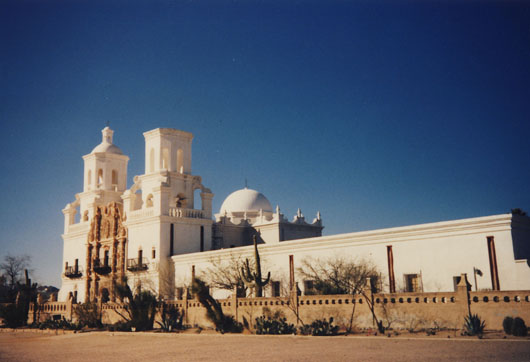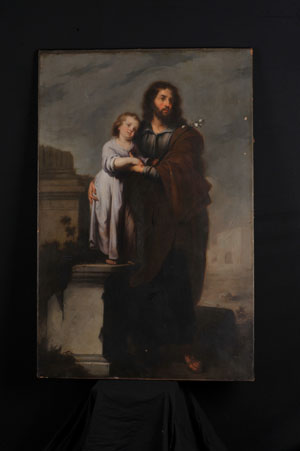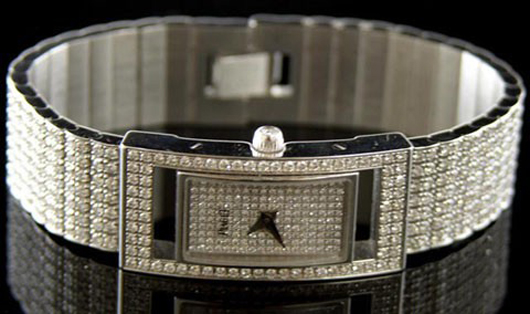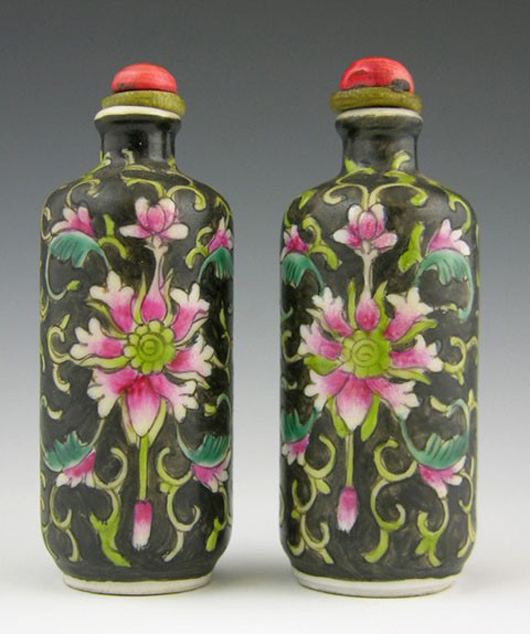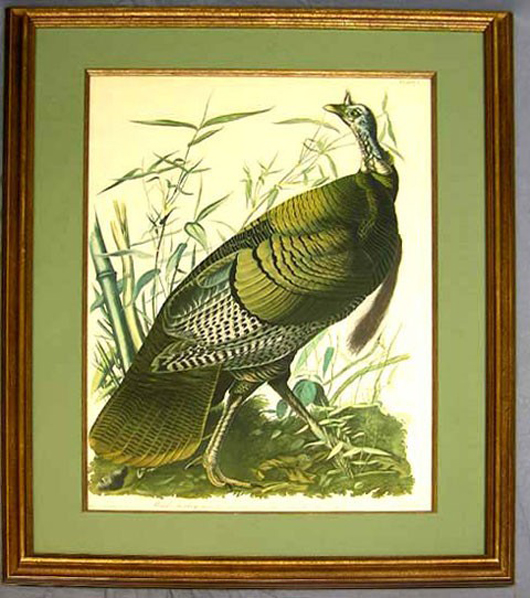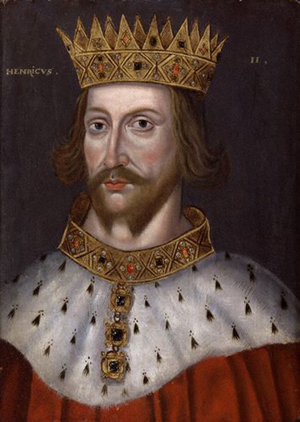
LONDON – One of the largest and most important sets of portraits of early English kings and queens is to go on display at the National Portrait Gallery for the first time in 36 years. The 16 portraits, from William I to Mary I, are usually on loan to Montacute House, Somerset, but have been brought to the National Portrait Gallery as part of the Making Art in Tudor Britain research project. The portraits and the results of the research feature in a display Picturing History: A Portrait Set of Early Kings and Queens from July 19-Dec. 4, 2011 before being returned to Montacute House.
Between March and May 2011 these paintings underwent technical analysis including dendrochronology (tree-ring dating), infra-red analysis, x-radiography, paint sampling and microscopy. Prior to the research it was thought that the set comprised of at least two groups of portraits: the first painted in the 1590s, and the second thought to have been painted in the 1620s. However, dendrochronology has revealed that the wood used for the panels of all 16 portraits was felled at around the same date, making it possible that all the portraits in the set were produced around the same time, possibly as early as the 1590s.
Stylistically it is clear that not all 16 portraits were painted by the same artist. but the analysis has revealed that there are distinctive groups within the set that were produced by the same hand or workshop. For example, the portraits of Kings Henry I, Stephen, Edward II and John (three of which have distinctive crooked eyes) were almost certainly painted by the same artist. A number of other links between different portraits in the set have also emerged, such as similarities in the way in which some of the designs have been transferred onto the panels and the fact that several are painted on wood from the same trees.
Portraits such as these were often rapidly and cheaply produced based on established patterns derived from woodcuts and engravings. The lack of surviving portraits taken from life for the early kings meant that the ‘likeness’ of many of these monarchs was not firmly established. The result is that while some monarchs, such as Henry VIII can be easily identified, others could be depicted differently from portrait to portrait. The same template might even be used for several different kings. The display will include a portrait of William the Conqueror on loan from a similar set in the collection of Dulwich Picture Gallery and will enable two competing versions of a true ‘likeness’ of William I to be seen together.
The portraits previously belonged to the collection of the Duke of Leeds and were purchased by the National Portrait Gallery in 1974, when they were last on display in the Gallery, before being loaned to Montacute House in 1975.
Sets of portraits of monarchs were popular in the late 16th century. The bold colors and linear style suggest that they were intended to be seen from a distance, in domestic interiors, institutions and civic buildings. The portraits were decorative but also used to communicate allegiances, personal interests and beliefs at a time when there was an increased interest in the narrative of England’s past. Sets would vary in size from five to six to around 30, and the National Portrait Gallery set is one of the largest to survive. When an artists’ workshop received a commission for a set such as this it is likely that several artists and craftsmen were put to work to produce the portraits, which would account for the variety of styles and painting methods identified. The findings of the technical analysis have provided important information in helping us to understand the practices of artists’ workshops during this period.
Dr. Tarnya Cooper, 16th Century Curator said: “This lively and amusing group shows monarchs in richly gilded costumes wearing golden crowns, almost as if they were early cardboard cutouts. The features of some of the kings are entirely imaginary, while others are based on existing portraits. The whole set shown together is extremely striking, and in the late 1500s it would have provided an entertaining visual chronology of the English monarchy for audiences who were already used to seeing such characters on the stage in plays by Shakespeare and Marlowe.”
Monarchs Represented in the Exhibition:
King William I, Reigned 1066-87 © National Portrait Gallery, London NPG 4980 (1)
King Henry I, Reigned 1100-35 © National Portrait Gallery, London NPG 4980 (2)
King Stephen, Reigned 1135-54 © National Portrait Gallery, London NPG 4980 (3)
King Henry II, Reigned 1154-89 © National Portrait Gallery, London NPG 4980 (4)
King John, Reigned 1199-1216 © National Portrait Gallery, London NPG 4980 (5)
Edward II Reigned 1307-27© National Portrait Gallery, London NPG 4980 (6)
King Edward III, Reigned 1327-77 © National Portrait Gallery, London NPG 4980 (7)
King Richard II, Reigned 1377-99 © National Portrait Gallery, London NPG 4980 (8)
King Henry IV, Reigned 1399-1413 © National Portrait Gallery, London NPG 4980 (9)
King Edward IV, Reigned 1461-70 and 1471-83 © National Portrait Gallery, London NPG 4980 (10)
King Edward V, Reigned 1483 © National Portrait Gallery, London NPG 4980 (11)
King Richard III, Reigned 1483-5 © National Portrait Gallery, London NPG 4980 (12)
King Henry VII, Reigned 1485-1509 © National Portrait Gallery, London NPG 4980 (13)
King Henry VIII, Reigned 1509-47 © National Portrait Gallery, London NPG 4980 (14)
Anne Boleyn, Second Queen of Henry VIII © National Portrait Gallery, London NPG 4980 (15)
Mary I, Reigned 1553-8; daughter of Henry VIII and Catherine of Aragon © National Portrait Gallery, London NPG 4980 (16)
General Information:
National Portrait Gallery, St Martin’s Place, London, WC2H 0HE. Opening hours Monday, Tuesday, Wednesday, Saturday, Sunday: 10am – 6pm (Gallery closure commences at 5.50pm) Late Opening: Thursday, Friday: 10am – 9pm (Gallery closure commences at 8.50pm) Nearest Underground: Leicester Square/Charing Cross Recorded information: 020 7312 2463 General information: 020 7306 0055
ADDITIONAL IMAGES OF NOTE
